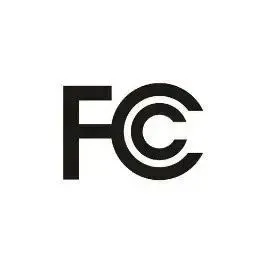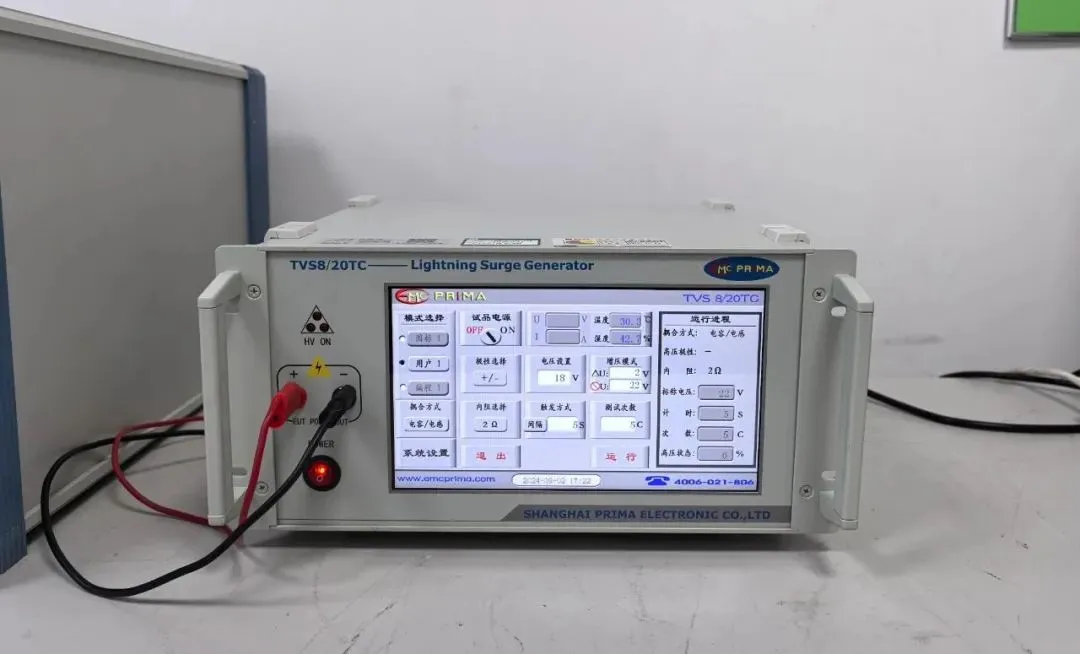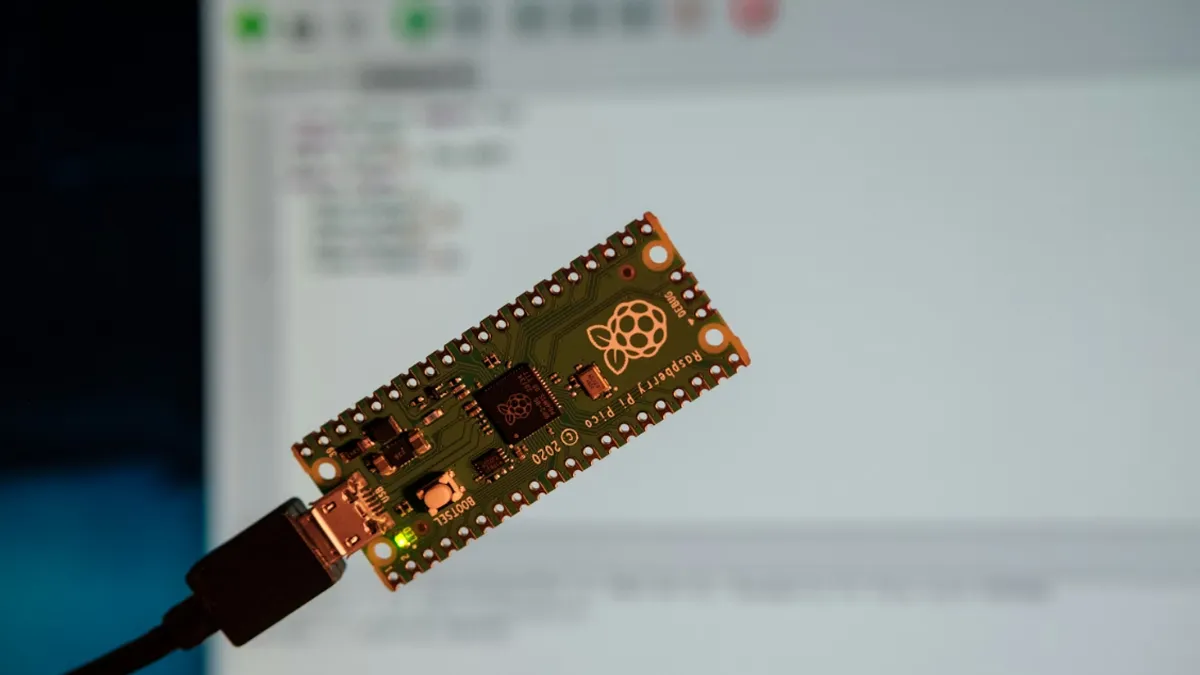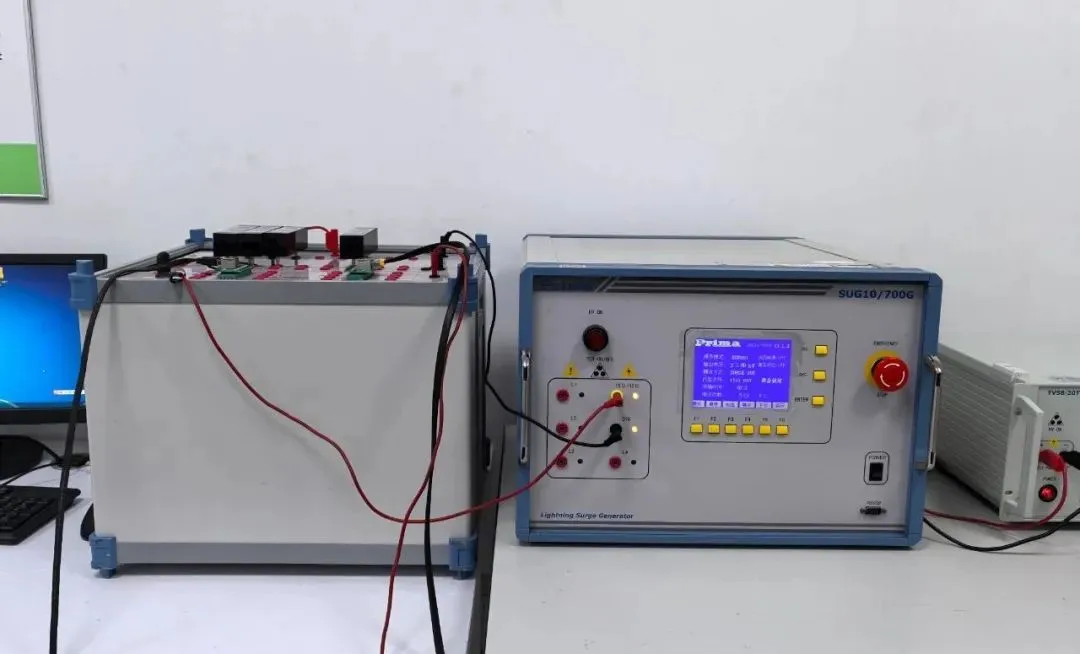
FCC Part 15B vs 15C Certification for Electronic Devices USA
For companies planning to enter the U.S. market with electronic and electrical products, FCC (Federal Communications Commission) certification is an essential compliance requirement. However, many enterprises often confuse fcc part 15B and Part 15C. This article provides a detailed explanation of their key differences, applicable products, testing requirements, certification processes, and compliance strategies.
Fundamental Difference
The essential distinction between fcc part 15band Part 15Clies in the signal characteristicsthey regulate. In simple terms, Part 15B deals with passive interference control, while Part 15C focuses on active signal transmission.

1. FCC Part 15B:
Part 15B applies to Unintentional Radiators— devices that do not intentionally emit radio signals but may produce electromagnetic radiation during normal operation. Its main goal is to limit electromagnetic interference (EMI)generated by the device to prevent disruptions to other electronic equipment.
Typical examples include devices without wireless communication capabilities, such as USB drives, wired speakers, computer motherboards, etc.
Part 15B does notrequire intentional signal transmission; it only mandates control over self-generated interference to ensure nearby TVs, radios, and communication devices function properly.
Certification under Part 15B follows the fcc sdoc (Supplier’s Declaration of Conformity)process — no direct FCC or TCB (Telecommunication Certification Body) review is required. After testing, the company issues its own declaration of conformity.
2. FCC Part 15C:
Part 15C applies to Intentional Radiators— devices that intentionally transmit radio frequency signalsfor communication or control purposes. Its main goal is to regulate transmission characteristicsto prevent interference with government or public communication frequencies.
Typical examples include devices with wireless modules (Wi-Fi, Bluetooth, ZigBee), such as Wi-Fi routers, Bluetooth headsets, or remote-controlled toys.
Part 15C not only requires that devices avoid interference with others but also enforces strict limits on transmission frequency, power, and bandwidth.
Certification must go through the fcc id process:
Companies must submit test reports to an FCC-recognized TCB for review. Once approved, a unique FCC IDis issued — this is the key procedural difference from Part 15B.
Applicable Products
The applicability of Part 15B and Part 15C is clearly defined.
The core criterionis whether the device intentionally emits radio waves.
Some complex devices may need to comply with both certifications simultaneously.
Testing Requirements
FCC Part 15B and Part 15C have distinct testing focuses and methodologies aligned with their respective regulatory purposes.
1. FCC Part 15B:
Focus: Limiting conducted and radiated emissions to prevent EMI with other equipment.
Key tests include:
- Conducted Emission:
Measures interference conducted through power/signal cables (150 kHz–30 MHz).
Example: A PC’s power-line interference must stay below FCC limits.
- Radiated Emission:
Measures electromagnetic energy radiated into the air (30 MHz–1 GHz, up to 6 GHz for some devices).
Example: A monitor’s emitted radiation must comply with FCC limits.
2. FCC Part 15C:
Focus: Ensuring intentional RF transmissions comply with spectrum regulations.
Key tests include:
- Occupied Bandwidth:
Ensures signals stay within the allocated frequency band.
Example: 2.4 GHz Wi-Fi must stay within permitted channels.
- Output Power:
Limits transmitted power to avoid excessive interference.
Example: Typical 2.4 GHz consumer devices ≤ 1 W.
- Out-of-Band Emission:
Suppresses unwanted signals outside the operating band to protect other frequency users.
- Frequency Stability:
Ensures frequency remains stable despite temperature or voltage variations (e.g., ±20 ppm).
Certification Process
The complexity, duration, and cost of certification differ significantly between the two parts, mainly because Part 15C requires official TCB review.
1. FCC Part 15B (sdoc Process):
Fast and cost-effective
Steps:
1. Testing– Conducted and radiated emission tests by an FCC-recognized lab.
2. Declaration– Draft the SDoC statement referencing test results and lab information.
3. Recordkeeping– Retain test reports and SDoC for at least 5 yearsfor FCC inspection.
4. Labeling– Mark the product/packaging with “SDoC” compliance information.
Timeline & Cost:
1–2 weeks; typically ⅓–½ the costof Part 15C certification.
2. FCC Part 15C (FCC ID Process):
More stringent and time-consuming
Steps:
1. Testing– Perform tests on bandwidth, power, and spurious emissions.
2. Application– Submit test reports, product manuals, and schematics to a TCB.
3. Review & Approval– TCB reviews and issues the unique FCC ID.
4. Labeling– Mark product with “FCC ID: [unique code]”.
Timeline & Cost:
3–4 weeks (including review); higher cost (testing + TCB review fees).
Common Misconceptions
Misconception 1: “Digital devices only need Part 15B.”
Reality:
Classification depends on whether the device includes wireless functions.
If a digital device has wireless capability (e.g., a Bluetooth printer or Wi-Fi TV), it must comply with both Part 15B (circuit EMI) and Part 15C (wireless emission control).
Misconception 2: “Part 15C is stricter than Part 15B.”
Reality:
They address different aspects — Part 15B limits interference, while Part 15C regulates transmission behavior.
For instance, a precision wired instrument might have stricter Part 15B radiation limits than a basic wireless toy under Part 15C.
Misconception 3: “Once certified, always certified.”
Reality:
Certification validity depends on design consistency.
Any change to circuit design, RF module, or key parameters requires re-testing and re-certification.
Part 15B declarations and Part 15C FCC IDs must be updated accordingly.
Compliance Recommendations for Enterprises
To achieve efficient and accurate fcc compliance, exporters of electronic devices should follow these guidelines:
1. Functional Assessment:
Identify whether the product includes intentional RF transmission (Wi-Fi, Bluetooth, RF remote).
Plan for both Part 15B and Part 15C if applicable.
2. Select Qualified Laboratories:
Work with labs accredited for both fcc testing and TCB submissions to avoid invalid reports.
3. Plan Ahead:
For Part 15C (FCC ID), allow 3–4 weeksto accommodate TCB review timelines.
4. Maintain Technical Documentation:
Keep all reports and certificates for at least 5 yearsfor FCC audits; failure to produce records may lead to fines.
The core difference between FCC Part 15B and Part 15C lies in whether the device intentionally emits radio frequency signals:
- Part 15B:Controls unintentional interference
- Part 15C:Regulates intentional transmission
Manufacturers must match the correct certification path based on product functionality.
In some cases, compliance with both is required to ensure successful U.S. market entry and avoid regulatory risks.
Email:hello@jjrlab.com
Write your message here and send it to us
 EMC Pre-Compliance Testing UK
EMC Pre-Compliance Testing UK
 EMC Compliance Testing Australia
EMC Compliance Testing Australia
 Electrical Compliance Testing NZ
Electrical Compliance Testing NZ
 Compliance Testing for Children's Clothing
Compliance Testing for Children's Clothing
 Amazon Product Compliance Testing
Amazon Product Compliance Testing
 What is RCM Compliance Testing?
What is RCM Compliance Testing?
 Electric Toy EN 62115 & EN 71 Testing
Electric Toy EN 62115 & EN 71 Testing
 What are ASTM F963 and CPSIA?
What are ASTM F963 and CPSIA?
Leave us a message
24-hour online customer service at any time to respond, so that you worry!




